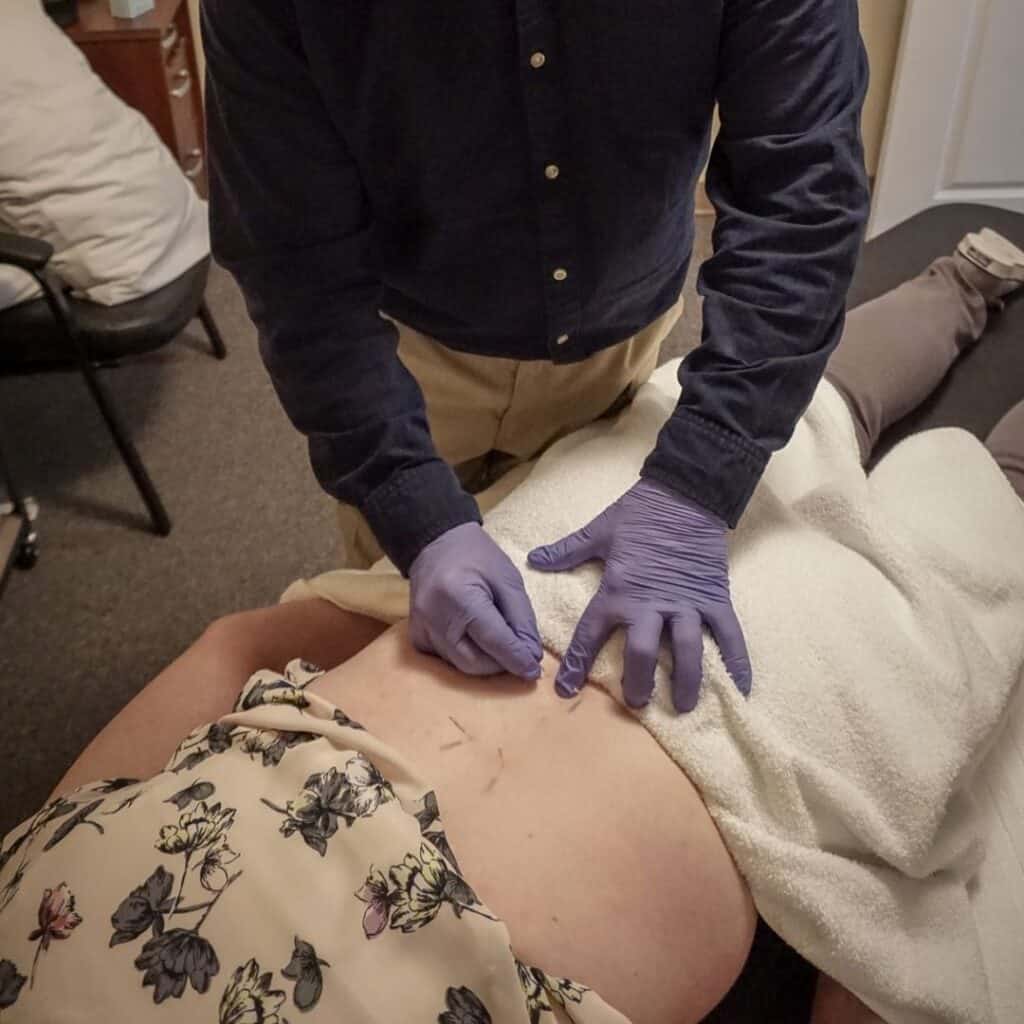Dry Needling in Chubbuck
What is Dry Needling?
One of the biggest reasons that many people are unable to reach their maximum potential when trying to rehabilitate after surgery or an injury is pain. Dry needling is a therapeutic technique that is used to relieve muscle tension and pain, as well as stimulate the healing response. It involves using very thin needles in a targeted way to help resolve pain and stimulate recovery. In combination with other therapies, dry needling for pain relief has helped many people to breakthrough rehabilitation plateaus and progress faster.
Trigger Points
When a muscle is overworked or injured, the irritated or strained area can result in what is known as a trigger point. Other factors that can contribute to the creation of trigger points include stress, sleep deprivation, or even excessive consumption of caffeine. These trigger points can prevent muscles from functioning properly and create a great deal of pain. The longer trigger points remain unresolved, the greater the chance that muscle stiffness and inflexibility will increase.

Dry Needling vs. Acupuncture
Although the dry needling process relies on the same thin filament needles used for acupuncture, it is not the same as acupuncture because it is focused on decreasing spasm or tension, increase the healing response, or remodel fibrotic tissue rather than redirecting what is known in Eastern medicine as “chi’ or life force. Dry needling for pain relief enables physical therapists to precisely target the exact area where there may be something limiting movement and creating pain.
How Does It Work?
Even though researchers are still working to establish the exact mechanisms at work in the body which contribute to the success of dry needling, there is clear research which proves that the technique works. Research is ongoing to the exact mechanisms at work with dry needling.
Benefits
Some of the benefits of dry needling include faster bone and tissue healing, increased range of motion and less muscle soreness, all of which can equal a significant reduction in pain. After dry needling decreases or resolves pain, many patients find that they are able to progress faster with their other rehabilitation exercises and therapies.
Conclusion
Although the thought of being punctured by needles is unpleasant for many people, the very thin needles used are designed to safely and efficiently target difficult to reach points with minimal discomfort. This targeted approach releases the many benefits of dry needling in a manner that has proven to be both reliable and effective. If you feel like dry needling is something you’d like to try, please don’t hesitate to visit our website or call to schedule an appointment.

